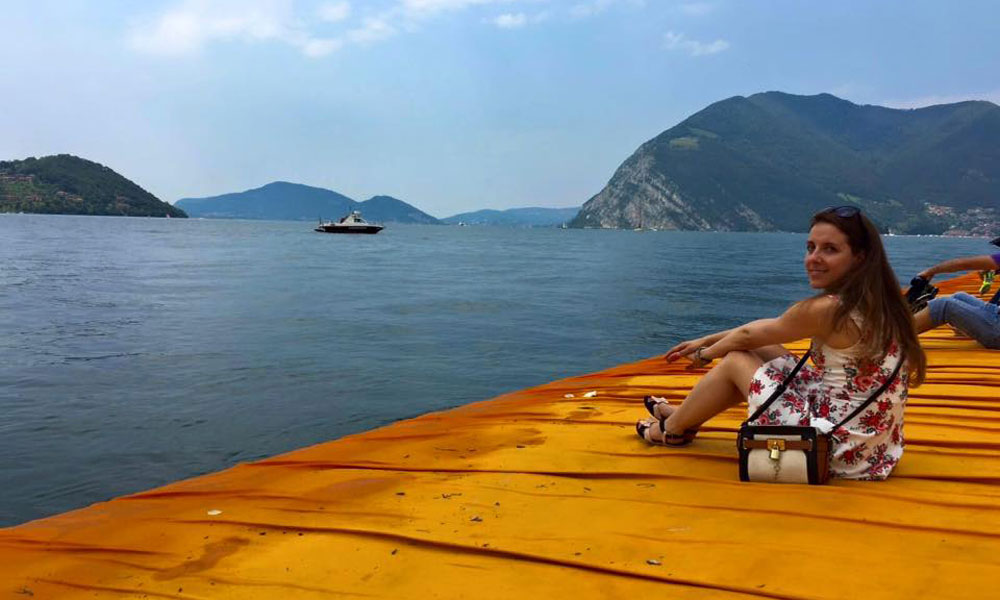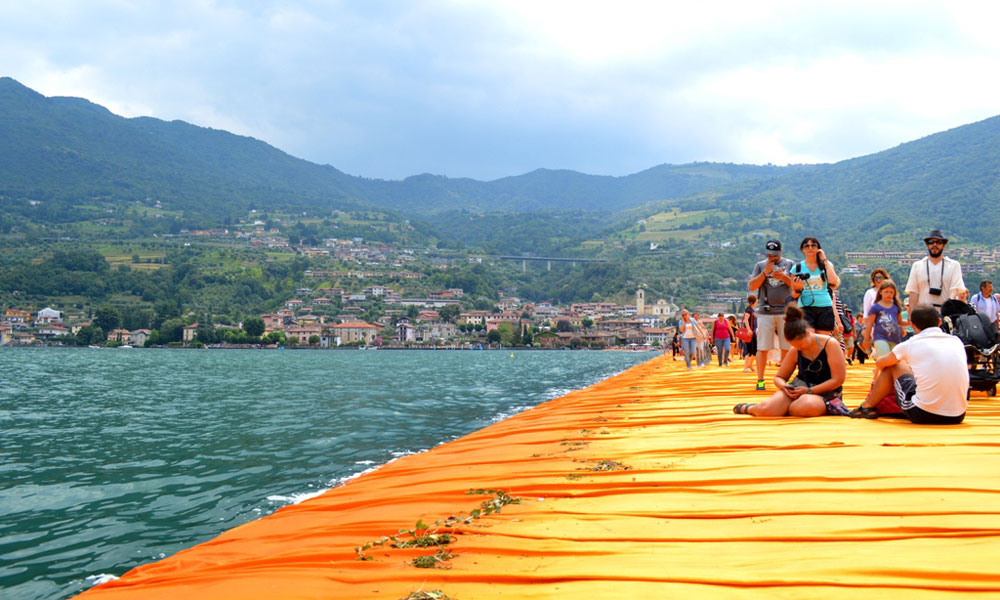The Grenfell Tower Fire is one of the worst building disasters to strike London in many years, but was it an accident waiting to happen? Rumours have surfaced about the poor management of the building and this will almost certainly be the subject of a public inquiry into the fire that has so far claimed 17 victims. The question on many peoples minds is 'How could a building that had recently received a £10million refurbishment be engulfed so quickly by fire'.
The answer may lie in the retrofit of a high thermal performance outer cladding where a lower standard of fire protection was used. There is also speculation that fire stopping may have been breached during of after the retrofit to accommodate new heating pipes. Source Guardian 15.6.17. Whatever the outcome of the public inquiry, questions will certainly be asked of the UK Planning System and the construction sector. As with all major disasters, it is likely that a catalogue of errors led to the events that unfolded on the 14th June 2017. The questions will undoubtedly look at whether the refurbishment of the building increased the potential for the fire to spread, whether the standards allowed for the use of a material banned in the US for buildings over 15m tall and whether some of the refurbishment works created a route for the fire to spread as they by-passed fire stops.
The incident is one that should prompt all designers to consider the impact of their specifications and the cumulative effect of risk. Whilst cost is always on our mind, we should never compromise qualty or safety in achieving the client brief. The Kensington and Chelsea Tenant Management Organisation will almost certainly not be thinking about the £5,000 that it is estimated it would have cost to use the more fire retardant version of the Reynobond panels used in the refurbishment project. Instead, they will be counting the human cost and the damage that this incident has caused to the UK property sector.






